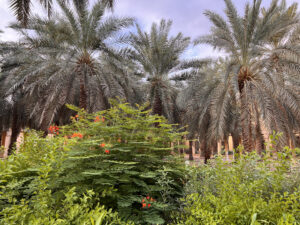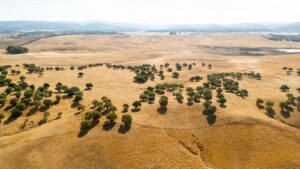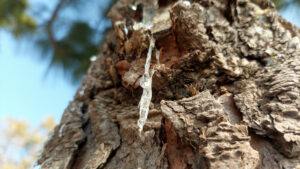The African Acacia tree, scientifically known as Acacia Arabica, is one of the most significant trees found in arid and semi-arid regions of Africa and the Indian subcontinent. It is highly resilient to drought and harsh environments, making it an essential species for ecological, economic, and medicinal purposes.
Description of the Acacia Arabica Tree
Belonging to the legume family (Fabaceae), Acacia Arabica is a medium-sized thorny tree with a dense canopy and interwoven branches.
Height: Ranges between 5 to 12 meters.
Leaves: Compound, feathery, and bright green.
Flowers: Small, spherical, bright yellow clusters that bloom at different times of the year.
Fruits: Long pods containing small brown seeds.
Roots: Deep-rooted system that allows it to access underground water, enabling survival in extremely dry environments.
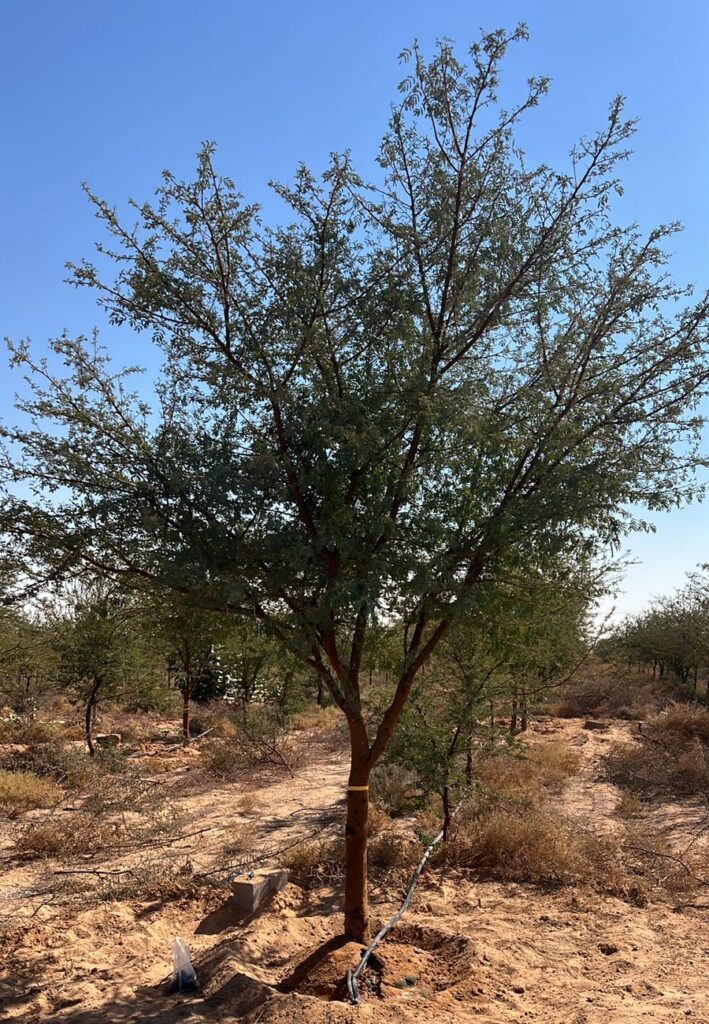
Habitat and Growth
Acacia Arabica thrives in hot and dry climates and plays a crucial role in soil stabilization and desertification prevention. It grows in:
- Sandy and clay soils.
- Semi-arid and arid regions.
- Harsh environments with nutrient-poor soil.
This tree is fast-growing and can survive in low-water conditions, making it an ideal choice for afforestation projects and combating desertification.
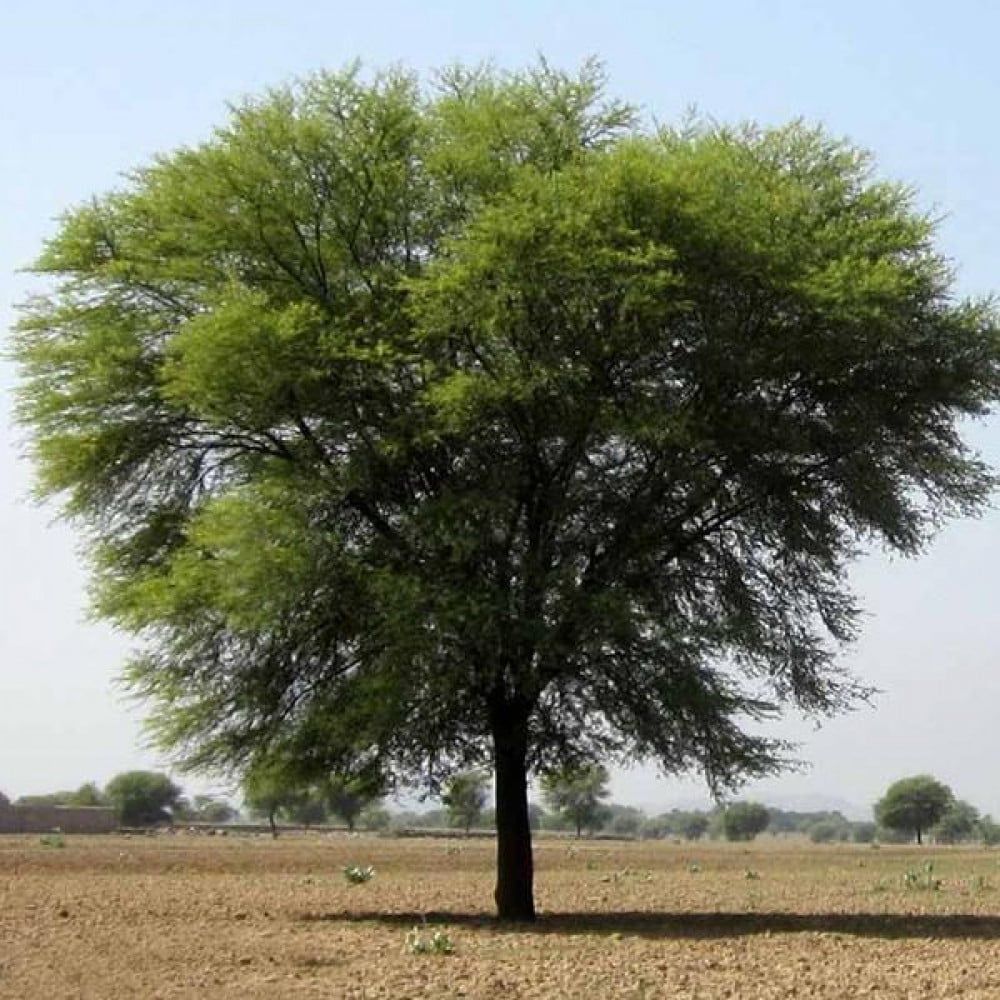
Environmental Benefits
- Soil stabilization: Its deep roots prevent soil erosion and enhance land stability.
- Improving soil fertility: Being a legume, it fixes nitrogen in the soil, enriching it for other plants.
- Desertification control: Used in reforestation projects to combat land degradation.
- Providing shade and shelter: Acts as a habitat for various wildlife and livestock.
Economic and Medicinal Uses
Economic Uses
- Gum Arabic production: A valuable source of gum Arabic, widely used in the food and pharmaceutical industries.
- Timber: Its wood is used for furniture, fuel, and charcoal due to its high quality.
- Livestock feed: Its leaves and seeds serve as an excellent fodder source for cattle and camels.
Medicinal Benefits
- Digestive health: Bark extracts are used to treat diarrhea and digestive disorders.
- Anti-inflammatory and antibacterial: Contains antimicrobial properties that help treat oral and gum infections.
- Wound healing: The gum extracted from the tree aids in faster healing of wounds and burns.
- Blood sugar regulation: Some studies suggest its role in lowering blood sugar levels in diabetic patients.
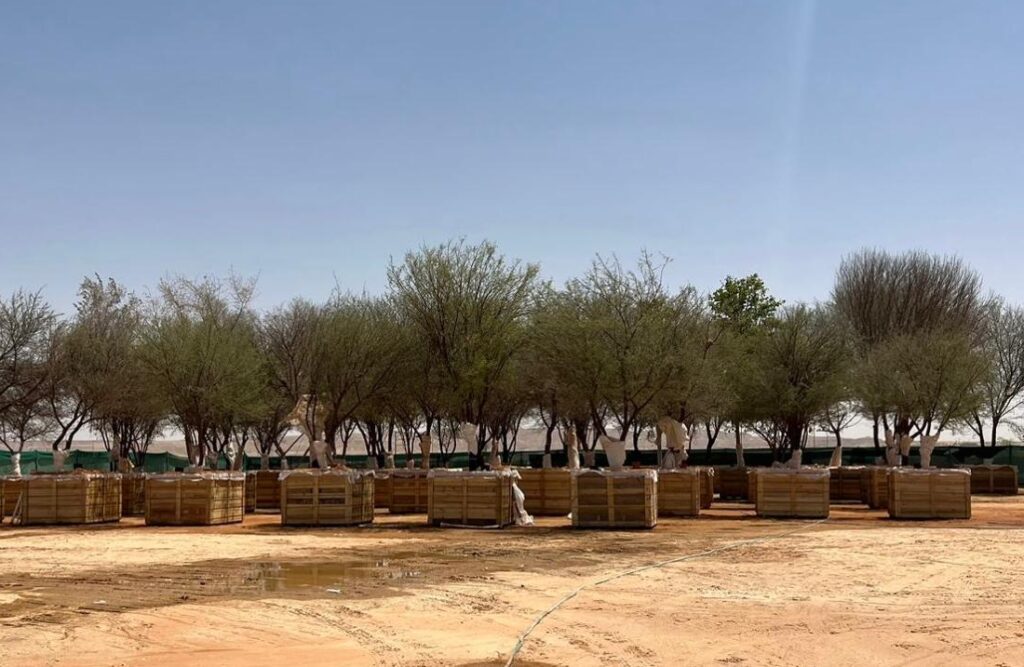
Cultivation and Care
Propagation Methods
Acacia Arabica can be propagated through:
- Seeds: Soaking them in hot water to soften the hard shell before planting in moist soil.
- Cuttings: Planting branch segments in a suitable environment for root development.
Growth Requirements
- Soil: Thrives in sandy and clay soils and tolerates salinity.
- Watering: Drought-resistant but benefits from moderate irrigation.
- Sunlight exposure: Requires full sun for optimal growth.
The Acacia Arabica tree is a vital species that contributes significantly to environmental balance, desertification control, and local economies through its multiple applications. Its medicinal benefits also make it a valuable natural resource that should be preserved and utilized sustainably.
If you’re considering planting trees that are drought-resistant and environmentally beneficial, the African Acacia is an excellent choice!

